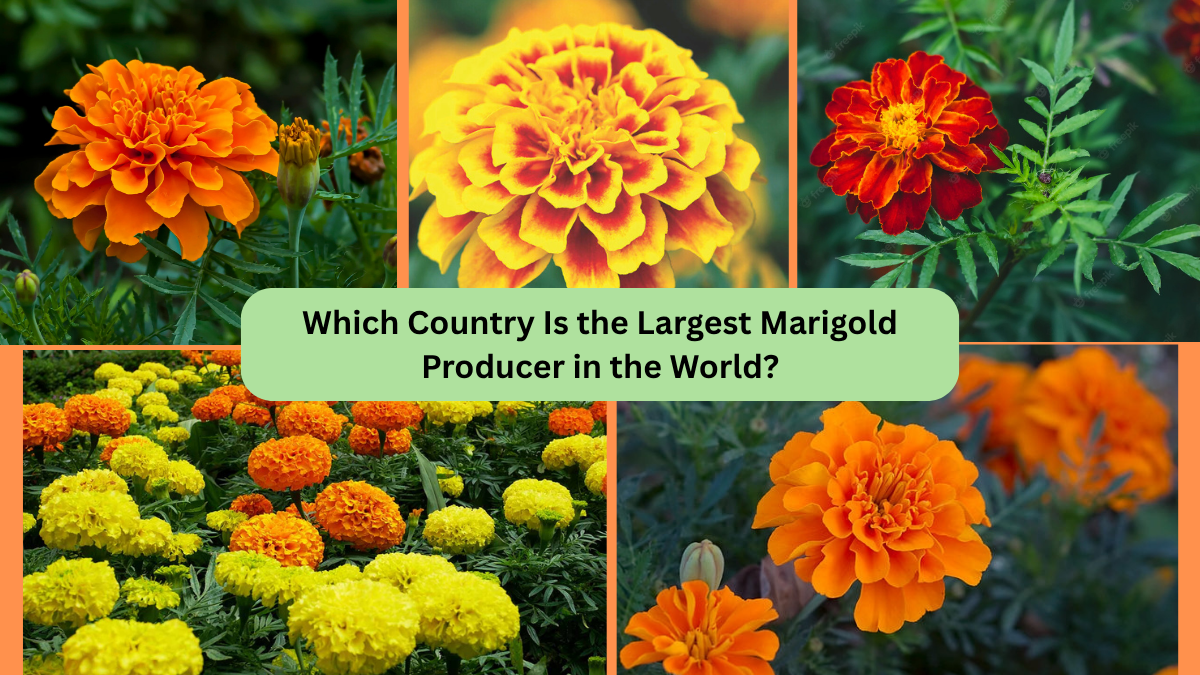Marigolds — with their vibrant hues of yellow, orange, and gold — have been cherished for centuries across cultures for their beauty, symbolism, and practical uses. Whether adorning religious altars in India, brightening Mexican Day of the Dead celebrations, or gracing home gardens around the world, marigolds hold a special place in the hearts of millions.
But beyond their decorative appeal, marigolds play an important role in agriculture, floriculture, and even pharmaceutical industries. That raises an intriguing question: which country is the largest marigold producer in the world?
In this article, we’ll explore the answer, delve into why this country leads global production, and uncover the cultural, economic, and medicinal importance of this beloved bloom.
A Brief History of Marigolds
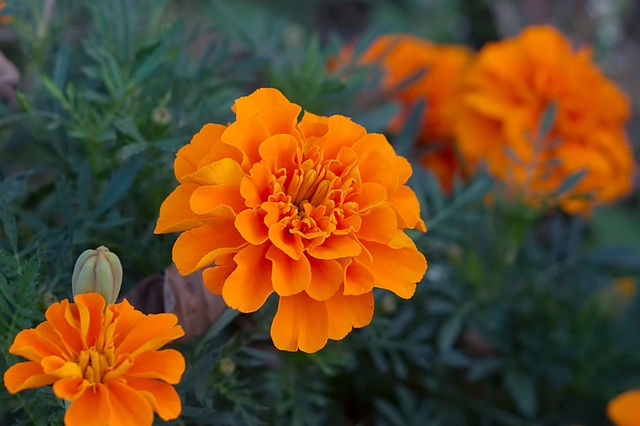
Marigolds, belonging to the Tagetes genus, are native to Central and South America, particularly Mexico. Ancient Aztec civilizations cultivated marigolds for religious, medicinal, and ornamental purposes long before European colonization.
With the Spanish conquest of the Americas, marigolds were introduced to Europe and Asia, where they quickly gained popularity. Over time, marigold varieties diversified into species like African marigold (Tagetes erecta), French marigold (Tagetes patula), and signet marigold (Tagetes tenuifolia).
Today, marigolds are valued not only for their ornamental beauty but also for their use in:
- Religious ceremonies
- Garden pest control (as companion plants)
- Food coloring
- Essential oil extraction
- Natural remedies
Which Country Is the Largest Marigold Producer in the World?
The title of the world’s largest marigold producer belongs to India.
Key Facts:
- India cultivates approximately 70% of the world’s marigold production.
- The country grows over 250,000 metric tonnes of marigold flowers annually.
- Major marigold-growing states include Karnataka, Tamil Nadu, Andhra Pradesh, West Bengal, Maharashtra, and Uttar Pradesh.
- India is also one of the largest consumers of marigolds, using them extensively in religious, cultural, and social events year-round.
No other country matches India’s scale in both production and consumption of marigold flowers.
Why Is India the Largest Marigold Producer?
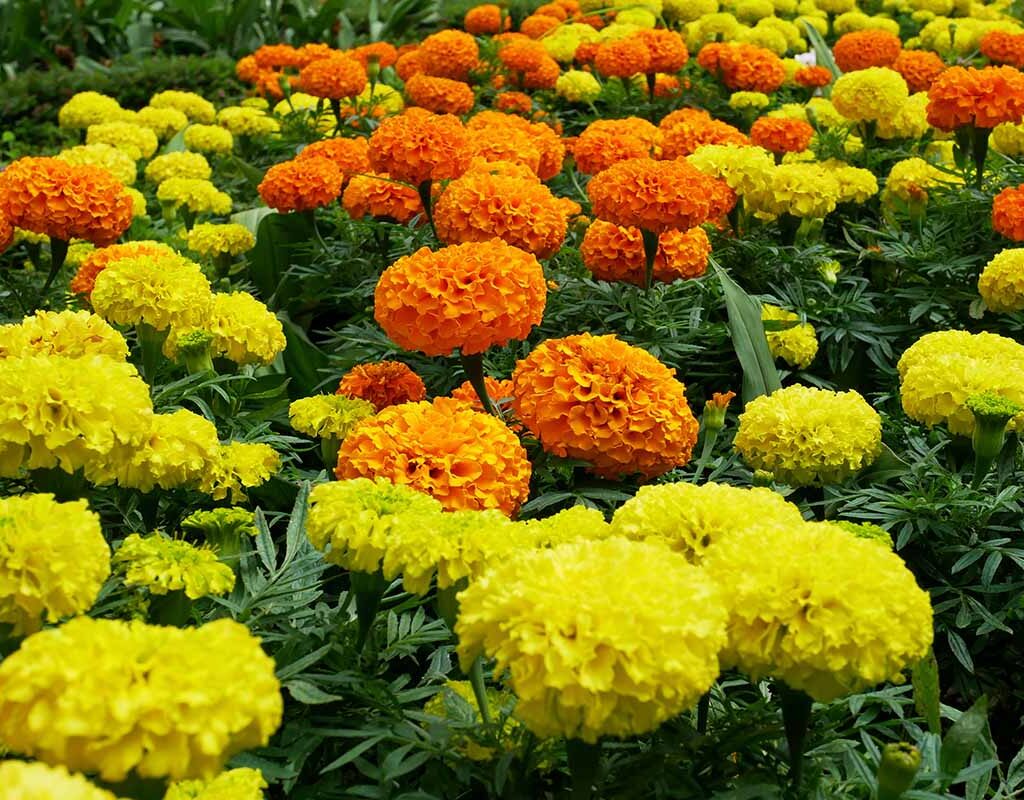
Several factors contribute to India’s dominance in marigold production:
Favorable Climate and Soil
Marigolds thrive in India’s tropical and subtropical climate, with ample sunshine and moderate rainfall. The flower’s adaptability allows it to grow in a wide range of soils — from light sandy loam to heavy clay — making it ideal for diverse agricultural regions.
High Domestic Demand
Marigolds hold deep religious and cultural significance in India. They are:
- Essential for temple offerings and poojas
- Key flowers for weddings, festivals (like Diwali, Ganesh Chaturthi, and Navaratri), and public celebrations
- Used in making garlands, floral decorations, and rangolis
This insatiable domestic demand sustains large-scale cultivation.
Lucrative Market for Extracts and Exports
Marigold petals are rich in lutein and carotenoids, natural compounds used in:
- Food coloring
- Cosmetics
- Animal feed additives (especially poultry and aquaculture)
- Eye-health supplements
Indian companies extract these compounds for domestic pharmaceutical industries and export to countries like the USA, China, and European nations.
Low-Cost, Labor-Intensive Agriculture
Marigold farming is labor-intensive, especially during the harvest and garland-making process. India’s vast rural workforce makes this model economically viable, ensuring a steady supply of fresh flowers to local markets and exporters.
Major Marigold-Growing States in India
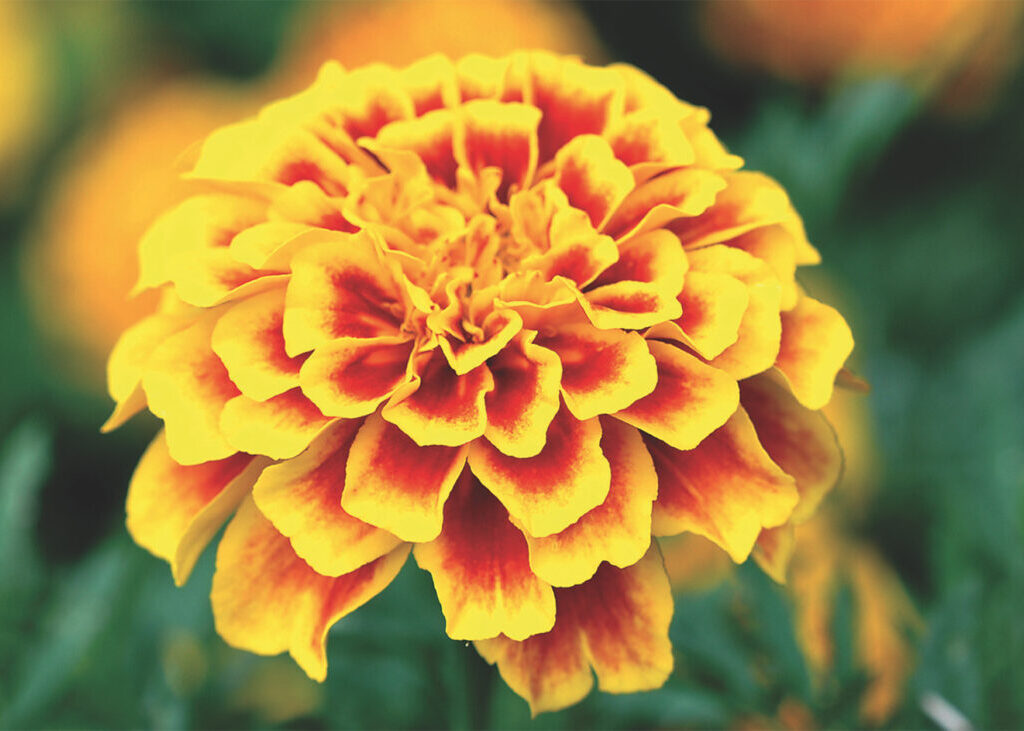
| State | Key Regions | Special Notes |
|---|---|---|
| Karnataka | Bengaluru, Chikkaballapur, Kolar | Largest marigold-growing state in India |
| Tamil Nadu | Coimbatore, Salem, Erode | Major supplier for religious markets in South India |
| Andhra Pradesh | Anantapur, Chittoor | Popular for marigold farming clusters |
| West Bengal | Nadia, Hooghly, Murshidabad | Big producer during Durga Puja season |
| Maharashtra | Pune, Nashik | Important supplier for Western India’s markets |
| Uttar Pradesh | Varanasi, Kanpur | High demand during Diwali and Chhath Puja |
The Global Marigold Market: Other Major Producers
While India leads, a few other countries contribute to global marigold production, primarily for ornamental use and essential oil extraction.
Mexico
The birthplace of marigolds, Mexico remains a significant producer, especially for Día de los Muertos (Day of the Dead) festivals.
China
China cultivates marigolds for lutein extraction and exports marigold-based pigments for the poultry and food industries.
United States
Marigolds are grown commercially in California, Texas, and Florida, mainly for nurseries and ornamental gardening markets.
Spain and France
These countries produce French marigolds (Tagetes patula) for ornamental uses and essential oil distillation.
Uses of Marigolds Beyond Decoration
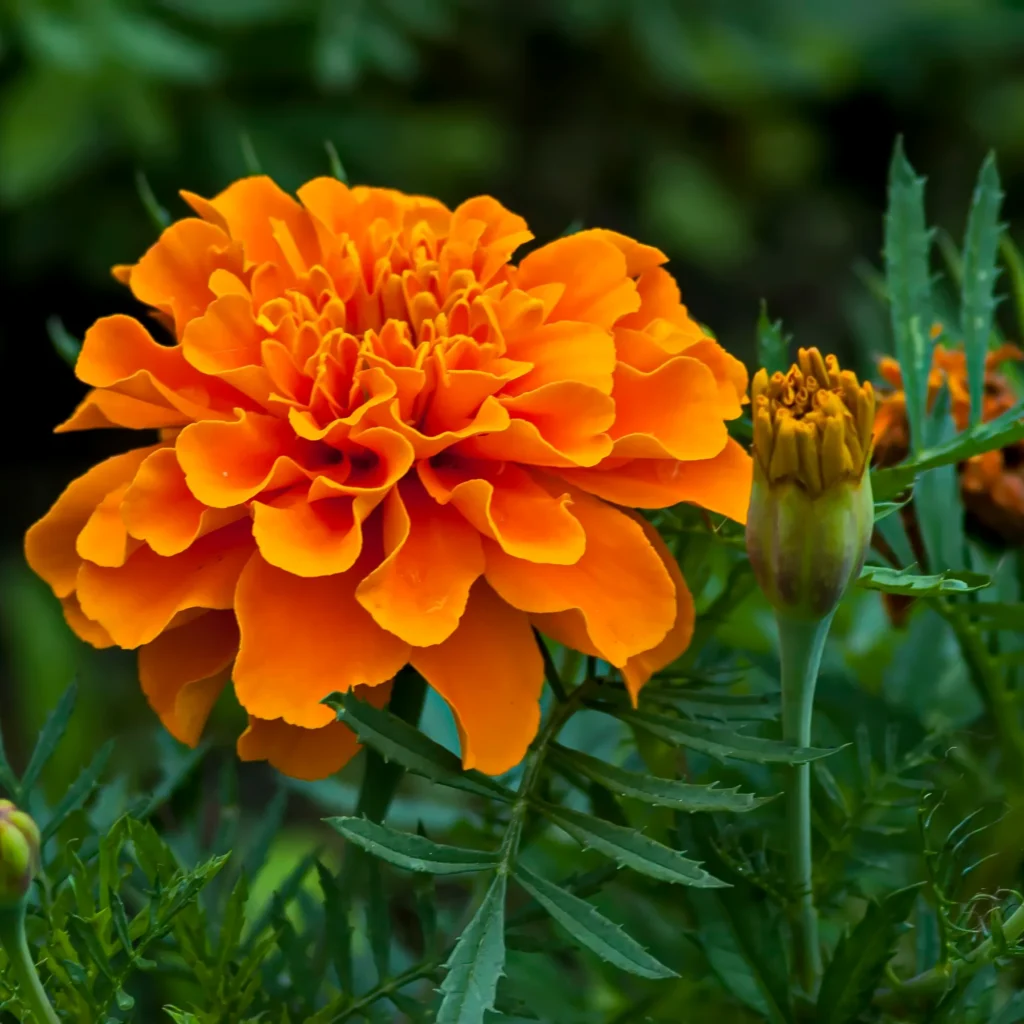
Religious and Cultural Uses
Marigolds are an integral part of religious offerings, especially in:
- Hindu temples and rituals
- Indian weddings and festivals
- Mexican Day of the Dead altars
Medicinal and Pharmaceutical Applications
Marigolds possess anti-inflammatory, antimicrobial, and wound-healing properties. Extracts are used in:
- Skin ointments
- Eye health supplements (lutein)
- Herbal teas
Food and Feed Industry
- Lutein-rich marigold extract is used as a natural pigment in poultry feed, giving egg yolks and chicken skin a rich golden color.
- Marigold petals are sometimes used in culinary decorations and natural food dyes.
Agricultural Pest Control
Marigolds act as companion plants, repelling nematodes, aphids, and other soil-borne pests, reducing the need for chemical pesticides in sustainable farming.
Challenges Facing Marigold Production
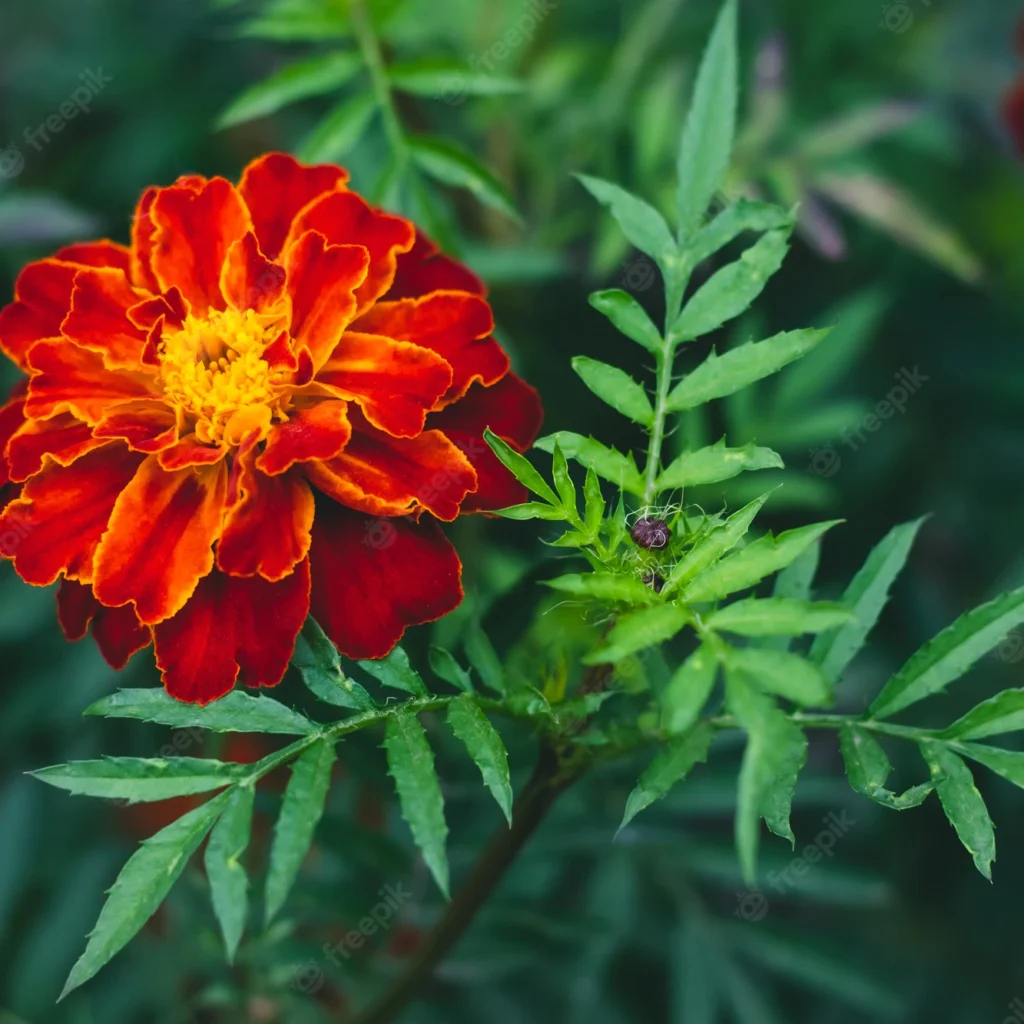
Climate Sensitivity
Marigolds require specific temperature and rainfall conditions. Unseasonal weather, heavy monsoons, or prolonged droughts can impact flower yield and quality.
Market Price Fluctuations
Since marigold farming is highly localized and seasonal, prices can vary widely, affecting farmers’ incomes.
Pest and Disease Management
Common threats include aphids, leaf spot, and powdery mildew. Integrated pest management is essential to maintain healthy crops.
The Future of Marigold Cultivation
- Export Growth: Increasing demand for natural pigments and essential oils will boost marigold extract exports from India and China.
- Medicinal Research: Continued studies into the health benefits of marigold extracts may expand pharmaceutical uses.
- Value-Added Products: Garlands, essential oils, skincare products, and natural dyes offer profitable avenues for marigold farmers.
- Agri-Tourism: Flower festivals and marigold-themed gardens could attract tourism, especially in regions like Karnataka and Maharashtra.
Conclusion
So, which country is the largest marigold producer in the world?
The clear answer is India.
With its favorable climate, deep-rooted cultural connections, and booming domestic and international demand, India produces over 70% of the world’s marigold flowers, making it the undisputed leader. From temple rituals to festival garlands and essential oils to natural colorants, marigolds play a vital role in Indian society and commerce.
While other nations like Mexico, China, and the United States contribute to global marigold production, none match India’s scale or significance. As new markets for marigold extracts and products emerge, the future for this golden flower looks brighter than ever.
